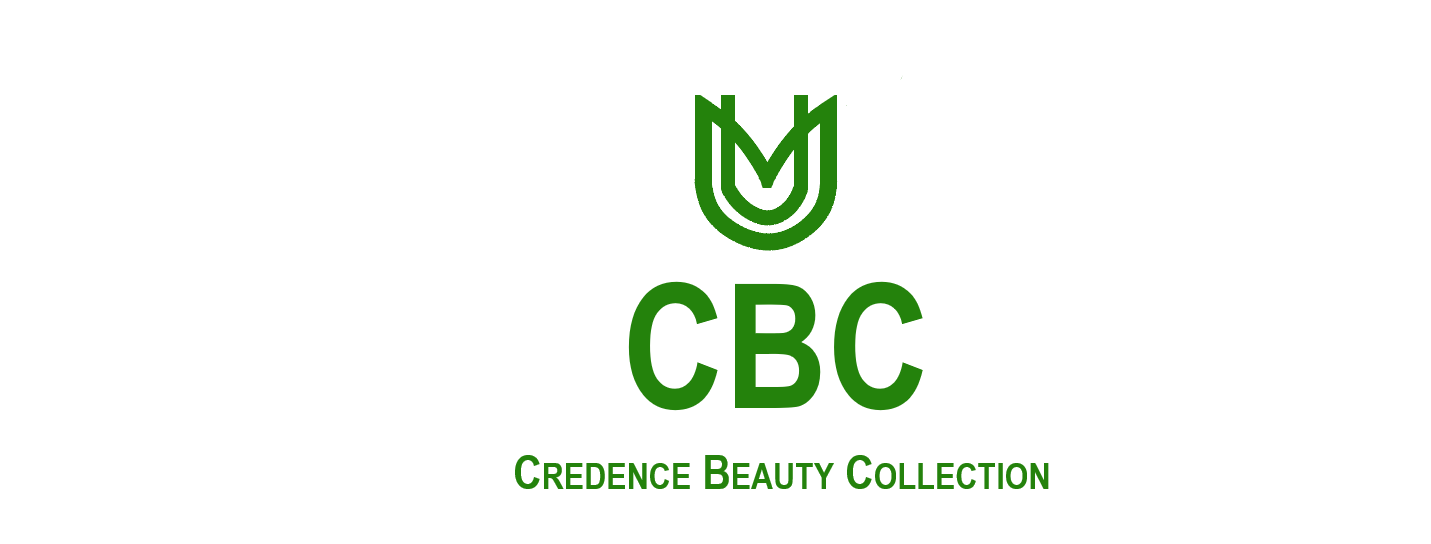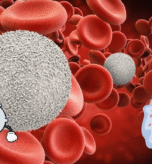In the ever-evolving world of beauty, social media has revolutionized the way brands connect with their audience, showcase products, and drive sales. With billions of users worldwide, platforms like Instagram, YouTube, TikTok, and Facebook have become essential channels for beauty marketing. Here’s a closer look at the role of social media in beauty marketing:
Influencer Marketing
Influencers have become a crucial part of beauty marketing strategies. They showcase products, share tutorials, and provide reviews, influencing their followers’ purchasing decisions. Brands partner with influencers to:
- Increase brand awareness
- Reach niche audiences
- Build credibility
- Drive sales
Visual Storytelling
Social media platforms are visually driven, making them ideal for beauty brands to showcase their products. High-quality visuals, videos, and tutorials help brands:
- Demonstrate product benefits
- Showcase product usage
- Create engaging content
- Build brand identity
User-Generated Content (UGC)
UGC is a powerful tool for beauty brands. Encouraging customers to share their experiences, reviews, and photos/videos featuring products helps:
- Build trust
- Increase engagement
- Provide social proof
- Drive sales
Targeted Advertising
Social media platforms offer robust advertising capabilities, allowing beauty brands to target specific audiences based on demographics, interests, and behaviors. This helps:
- Increase brand reach
- Drive website traffic
- Generate leads
- Boost sales
Community Building
Social media enables beauty brands to build communities around their products. By engaging with customers, responding to comments, and sharing user-generated content, brands can:
- Foster loyalty
- Encourage advocacy
- Gather feedback
- Improve customer service
Measuring Success
To measure the effectiveness of social media beauty marketing campaigns, brands can track:
- Engagement metrics (likes, comments, shares)
- Reach and impressions
- Conversion rates
- Sales
Challenges and Opportunities
While social media offers numerous benefits for beauty marketing, there are challenges to navigate:
- Competition
- Algorithm changes
- Content saturation
- Authenticity and transparency
To overcome these challenges, beauty brands can:
- Stay up-to-date with platform trends and algorithm changes
- Focus on creating high-quality, engaging content
- Collaborate with influencers and users
- Prioritize authenticity and transparency
The Future of Beauty Marketing
As social media continues to evolve, beauty marketing will likely shift towards:
- Increased use of augmented reality (AR) and virtual try-on
- More emphasis on sustainability and eco-friendliness
- Greater focus on diversity, equity, and inclusion
- Integration of e-commerce and social commerce
By embracing these trends and leveraging social media’s power, beauty brands can connect with their audience, drive sales, and stay ahead in the competitive beauty industry.



